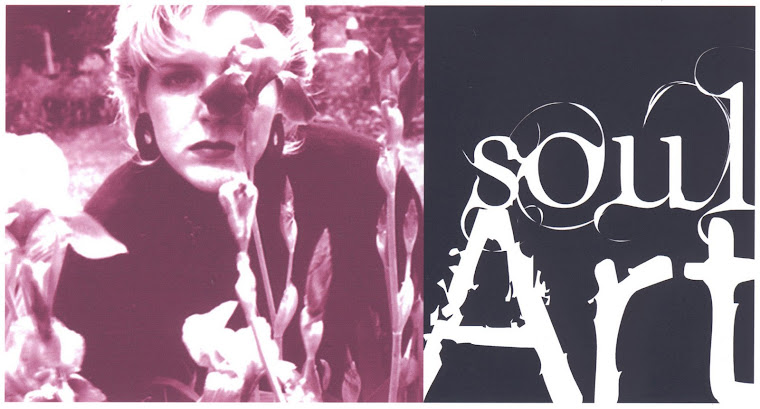Blogging my evolution as an artistic art educator - An art-based experiment...
Questions...
Alexia commented on the last post, asking me what ATCs are and what the process is for making them, and what their purpose was for my project and is for my teaching.
Ann commented about how totally transformed and unrecognizable the original foundations are in my ATCs. She asked if that was my intention, how did I got the idea, and why I chose the abstract figures for the ATC foundations?
Answers...
First of all Alexia wanted to know what ATCs, Artist Trading Cards, are. And, that question got me to thinking. What I realized from her question was that there will be people checking out my blog who aren't totally familiar with visual art jargon, including some techniques, materials, vocabulary, and so on. So, I decided to add a PAGE in the left column of my blog that I will add to, in which terms will be defined and basically explained. I will add to it as I hit stuff I feel might be vague, plus I appreciate comments like Alexia's that prompt me to explain! Good practice for teaching too!
Alexia also asked why I chose ATCs for part of my DAAPworks project. Well, I wanted my display to be interactive and to get people to begin to follow my blog. But, I also was not going to be around to teach viewers a technique that had lots of steps. So, I decided to create cardstock bases (trimmed to size copied cardstock backgrounds, which gave people a place to start, instead of starting from total scratch) for the ATCs, leave a few supplies for the participants, and simple directions, so hopefully they would make something and not be intimidated to "play". ATCs are very small artworks, and not much work is required to create a cool little piece. I felt that they were ideal for the time that viewers might be willing to commit whilst walking around visiting all of the art displays throughout the DAAPworks show.
Finally, Alexia wanted to know what purpose ATCs serve in general, and for my teaching. ATCs have the potential to be easy and fast little artworks, since they are only 2 1/2" x 3 1/2" each! In the classroom and in general, they can be used to meet certain visual arts criteria quickly and fearlessly with less monetary and time commitment than a big involved artwork might. Showing off a new technique. Experimenting with new materials. Exploring new themes. Fearless art-exchange with other artists. Money and green conscious art-making... All of these types of goals are supported and accomplished much more economically, more speedily, and more bravely by using a smaller format, such as an artist trading card!
Ann's comments and questions centered around the original foundations I produced for the ATC activity I created for the DAAPworks viewers, and subsequent participants. First of all, I realize the backgrounds on my versions are very obscured, and that did not happen by intention or design. It just happened, because I am a layerer of materials and techniques. I push and push with my supplies until sometimes I "push my work over the precipice"! This time, I was happy with my results, and saving the original abstracted marks was not a priority in my mind. The reason or theme for my ATCs was the priority, and since I was creating these ATCs for a challenge, in which the four ATCs had to create one image when placed next to each other, I figured the backgrounds served the theme better when pushed back and obscured. I wanted them to be subtle, since I don't do subtle well in my work.
Secondly, I got the idea to make backgrounds for the ATCs because I didn't want the participants facing the sometimes artistically intimidating "white page". It is hard enough to make something, to risk, without the added challenge of that dreaded question plaguing ones mind, "Now where do I even begin?". So, I wanted to give everybody an even playing field in which to get started.
And, finally, Ann wanted to know why I chose to make random abstracted marks for the basis of the background bases. I wanted to give timid people a little nudge to see-what-they-might-see and use their imagination, without "shoving them" too hard and making too many choices for them. Abstracted marks can be turned into anything, with a little bit of imagination and courage. If I drew too much and made my marks too recognizable, I might get back very predictable results. All the same. Boring... I do this type of thing when I teach. I give my kids enough parameters to get off the ground, but not so many that they cannot make something "their own". This allows me to evaluate/grade, yet keeps them engaged because what they are doing is "theirs", not mine.
Safety, health, happiness, and peace... Pam

1 comment:
OK, this clears up a lot. I also did not realize that there was the additional challenge of the four cards making one image. Very clear! I agree that the white page can be intimidating and paralyzing, for both writers and visual artists.
Post a Comment